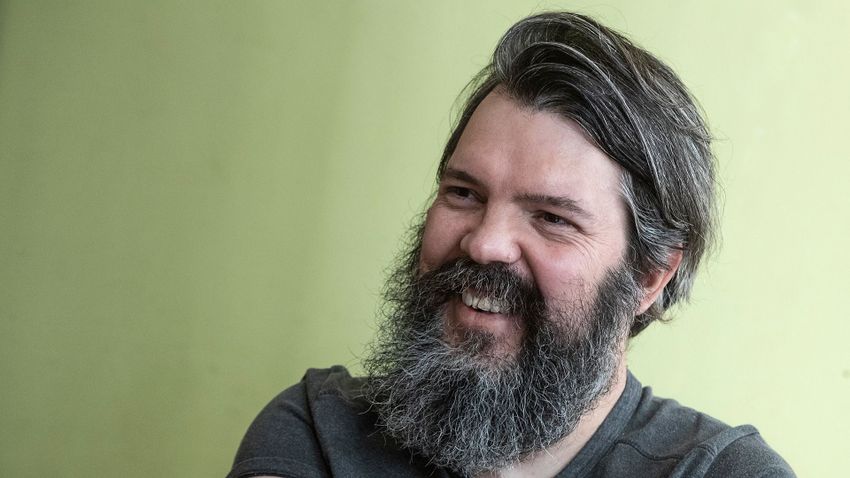Do you think it is reasonable for some of your colleagues to start surprising situations in order to get more publicity?
“Yes, but that was not our intention.”
Graduated from the Department of Biology at ELTE. How does a biologist become a researcher working with game theory models?
Before getting my degree, I worked in the behavioral sciences department at ELTE, and did my degree under Eörs Szathmáry, when I started working on game theory. I have always been interested in connecting with animals. I examine the validity of communication using mathematical tools and with the help of a family of game theory models.
Game theory was developed by economists to solve strategic problems. The defining element of animal communication is honesty, and in some situations honesty is not necessarily helpful. This is also a strategic problem.
Many examples of deceptive signals between and within species are known from the animal world. The classic example is when non-venomous species mimic the pattern of venomous species – many examples of this are known in butterflies and arthropods. I brought these subjects to the University of Technology and the Social Sciences Research Center. Basically, my colleagues invited me to research the rumors so I could help with working with the mathematical models.
– Did they search here for an answer to the degree of honesty as well?
– That was the goal. Everyone feels and knows that gossip isn’t always honest. Misinformation is passed on either superficially or deliberately, for example to give someone a bad reputation. We believe that gossip plays an important role in maintaining cooperation within the group – family, circle of friends, workplace community. Rumors are used to name and talk about breaking norms within the group and breaking norms. Systems based on the behavior of people in the past are called reputation systems, for which there are mathematical models. For reputation systems to survive, there has to be a flow of information – and one way to do that is through rumour. On the other hand, in models, the rumor is always assumed to be true, but we know that’s not the case. The question arises when and under what circumstances the rumor will be true.
In a previous article, we set out to create a reputation model in which we allow dishonesty. The result was that our model collapsed and did not work, while social media remained very effective despite false rumours. That is, we did not take anything into account. The chain link was missing. Our award winning article found this missing link.
This study is linked to eleven authors from seven countries. How did they find each other?
– At the 2019 professional meeting in Leiden, Netherlands, we discussed how true the rumor is. After the successful meeting, we decided to publish what was said there. The Philosophical Transactions of the Royal Society B Journal, which publishes our articles, is special in that it publishes only special issues and thematic collections. Concepts must be presented. At my suggestion, we applied and won, which surprised me, because I secretly wished the paper would take up such a topic. Our special issue – which I edited – was published last November.
How was lying included in the model?
The phenomenon of interdependence and interdependence exists among people. It is important for us that the fate of relatives and friends becomes good. The expression we row in the same boat is well known. This means that in order to achieve success, it is in my best interest for the other to also reach the goal. The opposite is the competitive situation, when we are competitors, when it is in my best interest for the other to perform as poorly as possible. What we did was include competitive mode and interdependence in the rumor model.












































